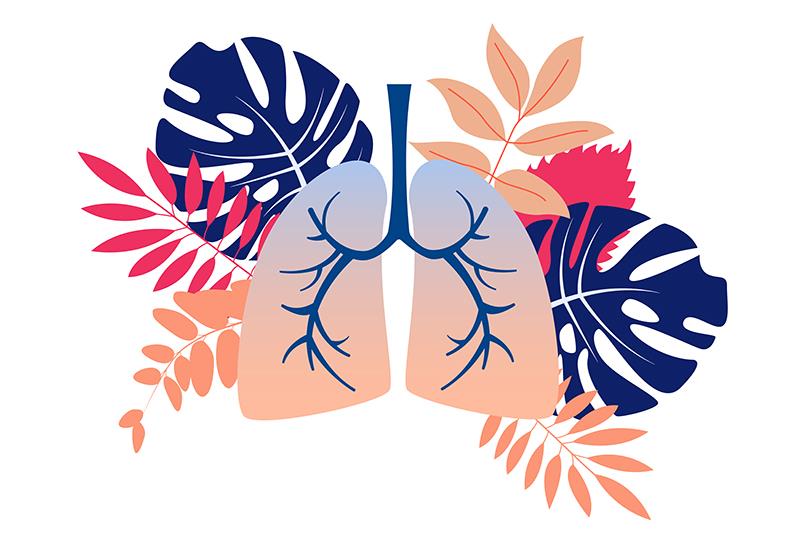Ultrashort inpatient TB prevention feasible in advanced HIV, cryptococcal meningitis patients





The IMPROVE trial shows the feasibility and safety of 1-month isoniazid and rifapentine (1HP) in an inpatient setting as tuberculosis preventive therapy (TPT) in patients with advanced HIV disease (AHD) and cryptococcal meningitis (CM).
In the outpatient arm, 61.8 percent achieved the primary outcome of TB-DFS* and 1HP treatment completion at 18 weeks. In the inpatient arm, the rate was 69.9 percent. A between-group comparison yielded risk differences of 8 percent (unadjusted) and 7.1 percent (adjusted), with both favouring inpatient initiation and demonstrating noninferiority, said Dr Jayne Ellis from the London School of Hygiene & Tropical Medicine in the UK, at IAS 2025.
“The primary outcome means that patients had to be alive, had no TB diagnosis, and had completed at least 90 percent of their study medications,” she explained.
Secondary endpoints, safety
A fifth of participants in the outpatient arm never started 1HP. The inpatient arm had higher treatment completion (75.7 percent vs 65.7 percent) but lower TB diagnoses (7.8 percent vs 12.8 percent) and serious adverse event (AE; 21.4 percent vs 31.1 percent) rates than the outpatient arm.
Both inpatient and outpatient arms had comparable rates of survival (82.5 percent vs 82.3 percent alive at 18 weeks), any-grade 3/4 AEs or serious AEs (55.3 percent vs 57.8 percent), and DILI** (9.7 percent vs 8.6 percent). [IAS 2025, abstract 6743]
Any-grade 3/4 anaemia was more common in the outpatient vs inpatient arm (13.4 percent vs 10.7 percent), and this was predominantly driven by grade 4 events (8.6 percent vs 1.9 percent). Conversely, any-grade 3/4 neutropenia was more frequent in the latter (20.4 percent vs 9.9 percent), mostly due to grade 3 events (16.5 percent vs 11.1 percent).
A potential breakthrough
TB remains the most common cause of death and hospitalization in individuals with HIV. TPT implementation has been suboptimal globally, particularly for those with AHD, noted Ellis.
“1HP as an ultrashort course TPT option offers a major potential breakthrough. This regimen is of particular interest in adults with CM, [for whom] we delay ART*** initiation or switch for a month, providing us with a window of opportunity to initiate … treatment prior to ART change,” she explained. She added that mortality in these patients continues well beyond hospital discharge, and that a notable proportion of deaths are likely due to TB disease.
“This is also true in adults with AHD, with post-hospitalization mortality estimated to be 20 percent at 6 months post-discharge. Hospitalization offers a major opportunity for intervention,” Ellis said.
A total of 205 hospitalized adults with AHD and confirmed CM were randomized 1:1 to immediate inpatient or delayed outpatient (week 6) 1HP initiation. According to Ellis, the population was representative of typical AHD cohorts – predominantly male (~60 percent) and young (median age 36 years) with profoundly low median CD4 counts.
Participants in the inpatient arm had a lower median baseline CD4 count (18 vs 28 cells/µL), were less likely to receive ART (18.4 percent vs 27.4 percent), and were more likely to report a history of TB (8.7 percent vs 4.9 percent) than those in the outpatient arm.
Enhance TPT reach
“Overall, 1HP adherence was modest, and AEs were common within this extremely high-risk population. More participants in the inpatient arm were started on TPT,” said Ellis.
The findings also suggest that inpatient 1HP may reduce TB-IRIS# events. According to Ellis, this is supported by the fewer TB diagnoses in the inpatient arm (7.8 percent vs 12.8 percent) and higher rates of serious AEs (ie, rehospitalizations) and grade 4 anaemias in the outpatient arm.
“[Our study] aims to simplify the latent TB care cascade and prevent loss to follow-up … Inpatient 1HP initiation … should be considered as a potential additional tool to increase the impact and reach of TPT as an intervention in AHD,” she said.